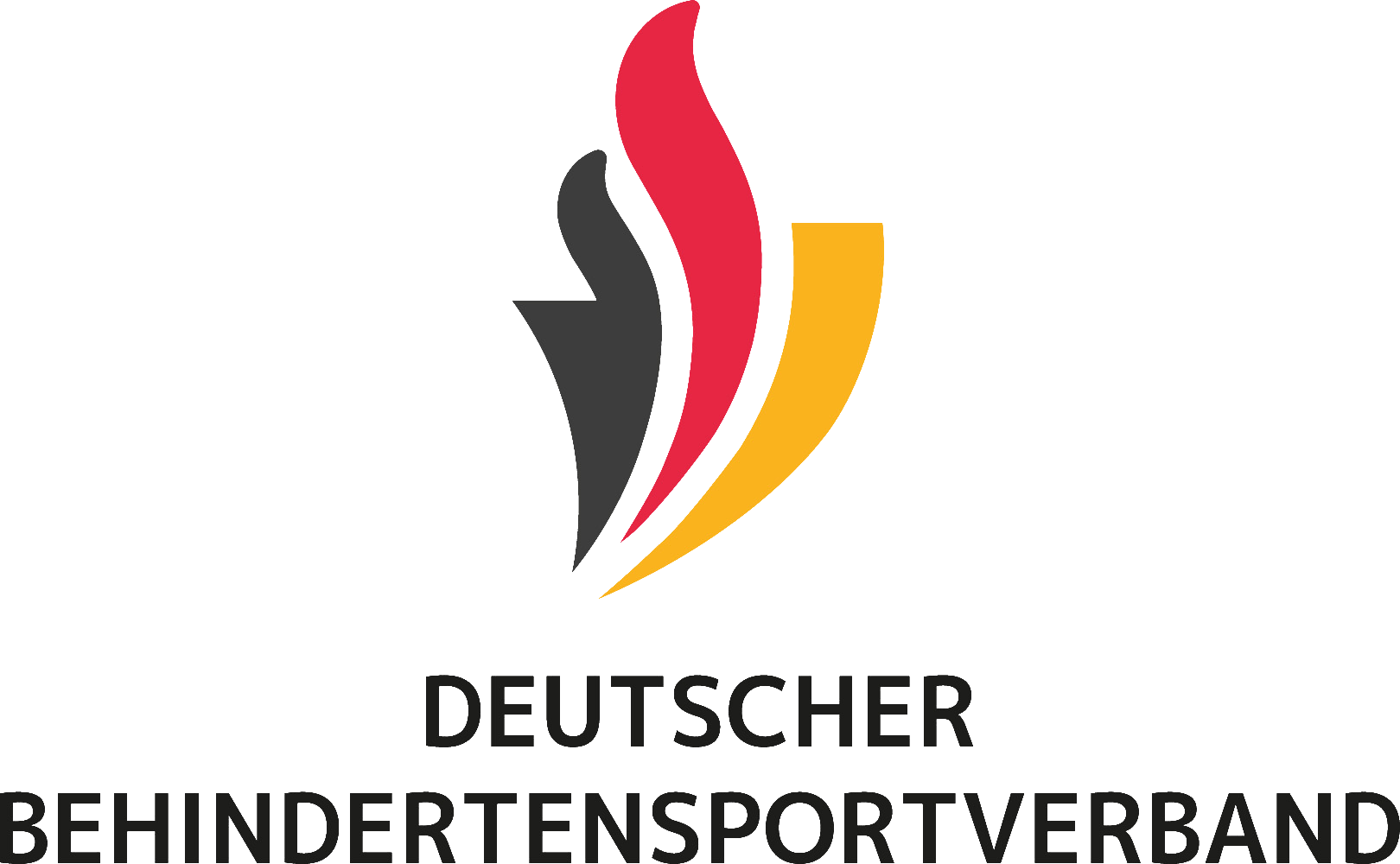Addressing circadian disruptions in visually impaired Paralympic athletes
(Umgang mit zirkadianen Störungen bei sehbehinderten Parasportlern)
Purpose
Transmeridian travel is common for elite athletes participating in competitions and training. However, this travel can lead to circadian misalignment wherein the internal biological clock becomes desynchronized with the light-dark cycle of the new environment, resulting in performance decrement and potential negative health consequences. Existing literature extensively discusses recommendations for managing jet lag, predominantly emphasizing light-based interventions to synchronize the internal clock with the anticipated time at the destination. Nevertheless, visually impaired (VI) athletes may lack photoreceptiveness, diminishing or nullifying the effectiveness of this therapy. Consequently, this invited commentary explores alternative strategies for addressing jet lag in VI athletes.
Conclusions
VI athletes with light perception but reduced visual acuity or visual fields may still benefit from light interventions in managing jet lag. However, VI athletes lacking a conscious perception of light should rely on gradual shifts in behavioral factors, such as meal timing and exercise, to facilitate the entrainment of circadian rhythms to the destination time. Furthermore, interventions like melatonin supplementation may prove useful during and after travel. In addition, it is recommended that athlete guides adopt phase-forward or phase-back approaches to synchronize with the athlete, aiding in jet-lag management and optimizing performance.
© Copyright 2023 International Journal of Sports Physiology and Performance. Alle Rechte vorbehalten.
| Schlagworte: | Training Wettkampf Krankheit Leistung Gesundheit Jetlag Behindertensport Störung Wahrnehmung Auge Biorhythmik |
|---|---|
| Notationen: | Behindertensport Biowissenschaften und Sportmedizin Leitung und Organisation |
| Tagging: | Reise Zeitverschiebung Zeitzone Biorhythmus Tageszeit Sehbehinderte |
| DOI: | 10.1123/ijspp.2023-0267 |
| Veröffentlicht in: | International Journal of Sports Physiology and Performance |
| Veröffentlicht: |
2023
|
| Jahrgang: | 9 |
| Heft: | 2 |
| Seiten: | 212-218 |
| Dokumentenarten: | Artikel |
| Sprache: | Englisch |
| Level: | hoch |
